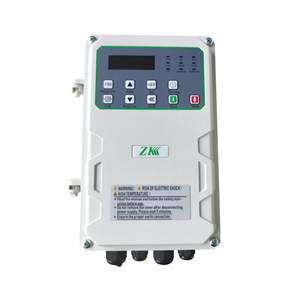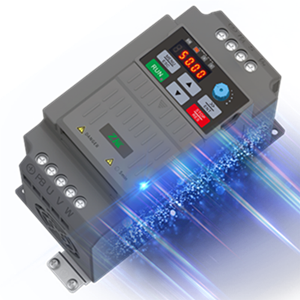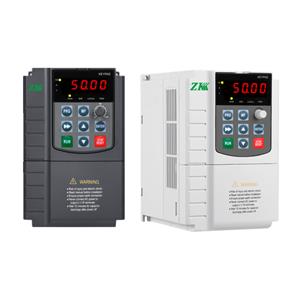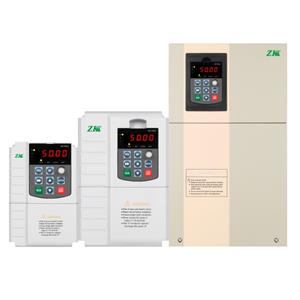Core Technical Principles of solar pump inverter
Core Technical Principles of solar pump inverter
Solar pump inverters have emerged as a cornerstone technology in renewable energy-driven water supply solutions, bridging the gap between variable photovoltaic (PV) power output and the stable operation of water pumps. Unlike traditional grid-tied inverters, these specialized devices are engineered to optimize energy conversion, adapt to fluctuating solar irradiance, and ensure reliable water pumping for agricultural irrigation, rural water supply, and off-grid applications. This article delves into the core technical principles, key functionalities, and operational advantages of solar pump inverters.
Voltage and Current Protection: Safeguards the PV array, inverter, and pump motor from overvoltage, undervoltage, overcurrent, and short circuits, extending the lifespan of critical components.
Dry Run Protection: Integrates with water level sensors to detect low water levels in wells or tanks, automatically shutting down the pump to prevent motor damage from cavitation or overheating.
Weather Adaptability: Compensates for temperature variations (e.g., reducing output power in extreme heat to avoid component stress) and adjusts to sudden changes in irradiance, such as passing clouds.
Grid Compatibility (Hybrid Models): Advanced hybrid solar pump inverters can switch between PV power and grid power seamlessly, ensuring uninterrupted water supply during prolonged cloudy periods or high-demand scenarios. Some models also support energy storage integration, allowing excess PV power to be stored in batteries for nighttime or low-irradiance use.




